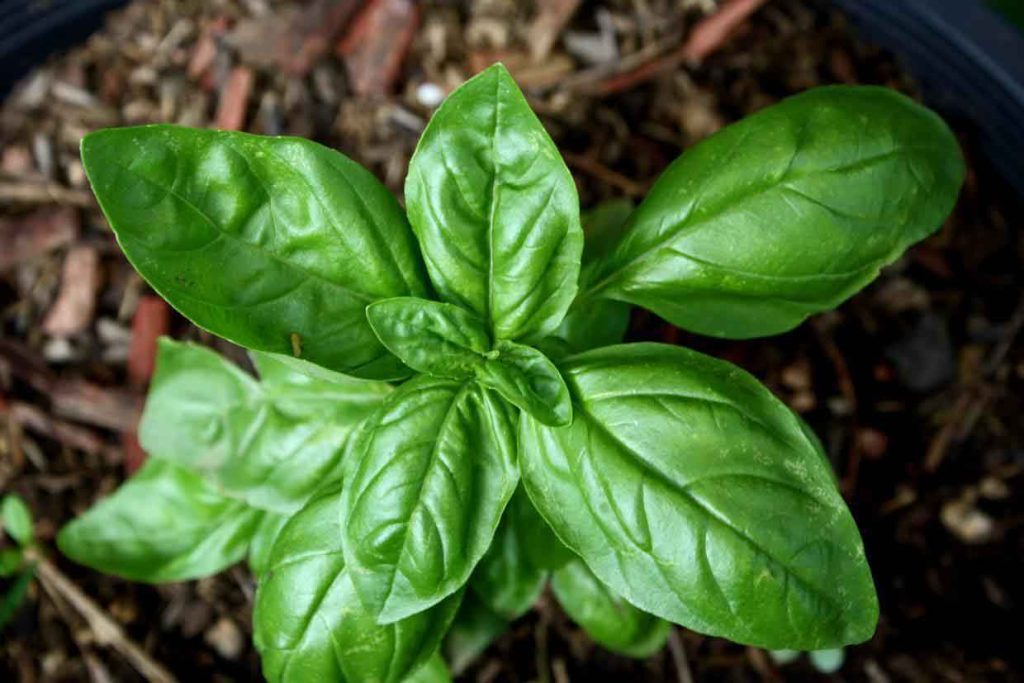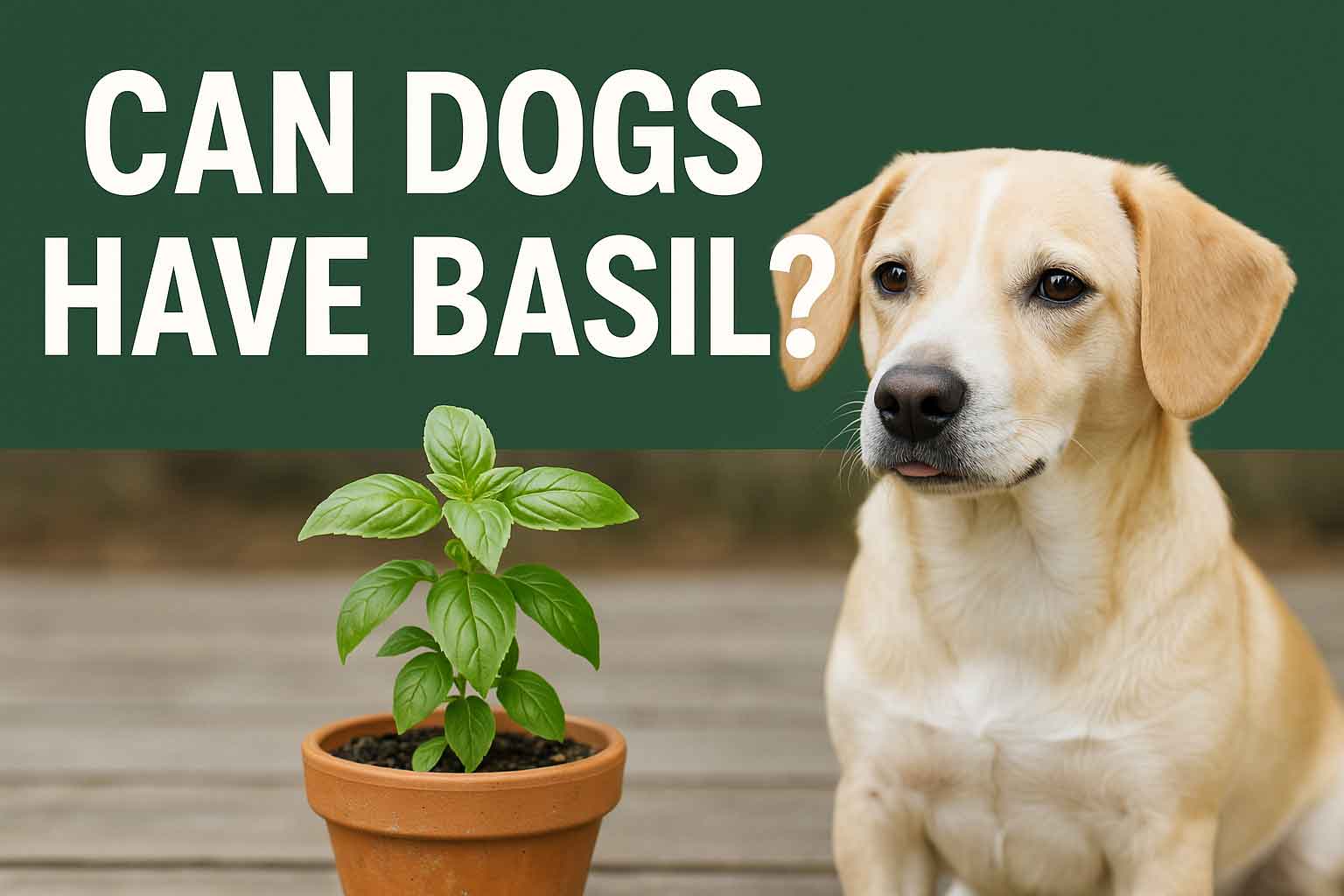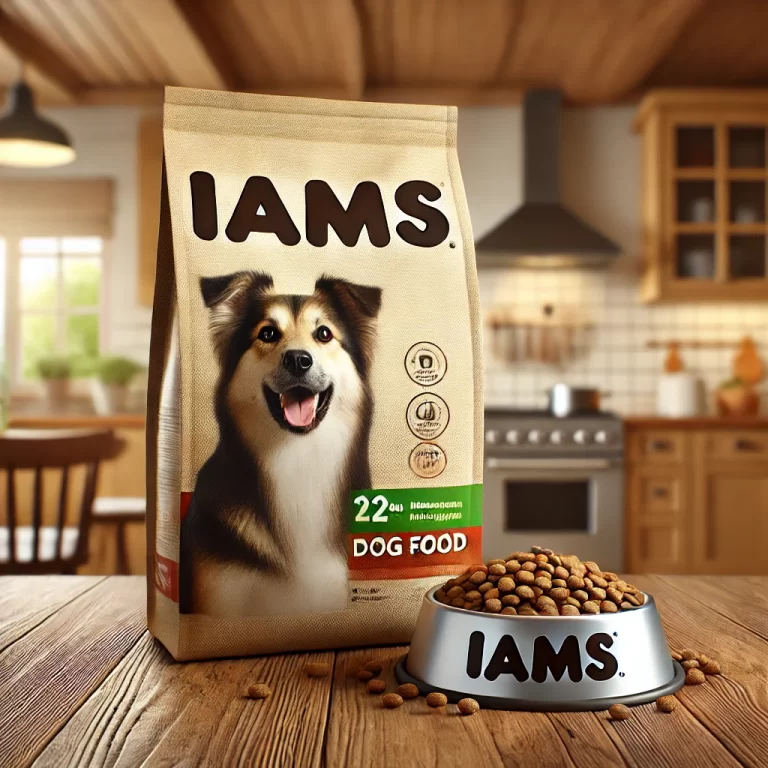Can Dogs Have Basil? Benefits, Risks & Safer Alternatives
Basil is a popular herb in many households. From pasta sauces to fresh salads, this aromatic plant adds flavor and fragrance to countless dishes. But if you’re a dog owner who loves to cook with herbs, you may have found yourself wondering: Can dogs have basil?
The short answer is yes—dogs can eat basil in moderation. But there’s more to this question than a simple yes or no. In this article, we’ll dive deep into the benefits, risks, and best practices when it comes to feeding basil to your furry friend.
What Is Basil?
Basil (Ocimum basilicum) is a leafy green herb from the mint family, known for its distinct aroma and flavor. There are many varieties, including sweet basil, Thai basil, lemon basil, and holy basil. Each has its own flavor profile, but they all share similar health properties.

Is Basil Safe for Dogs?
Yes, basil is generally safe for dogs when given in small quantities. It’s non-toxic and even contains some beneficial nutrients. However, like with any new food, it’s important to introduce it gradually and watch for any adverse reactions.
Potential Benefits of Basil for Dogs
Basil isn’t just safe—it might even be good for your pup! Here are some of the potential benefits:
1. Rich in Antioxidants
Basil is high in antioxidants, which help neutralize harmful free radicals in the body. This can support your dog’s immune system and reduce inflammation.
2. Anti-inflammatory Properties
Compounds like eugenol found in basil have natural anti-inflammatory effects. This may help dogs with arthritis or other inflammatory conditions.
3. Calming Effects
Some studies suggest basil can have mild calming properties, potentially helping dogs with anxiety or stress.
4. Supports Liver Health
Basil contains flavonoids and essential oils that may aid in detoxifying the liver, keeping your dog’s system clean and healthy.
5. Antibacterial Properties
Basil has natural antibacterial compounds that may help your dog fight off minor infections or improve their overall oral health.
How to Safely Give Basil to Your Dog
While basil is safe, it’s important to serve it correctly. Here are some best practices:
Fresh Is Best
Use fresh basil leaves rather than dried ones. Fresh leaves retain more of their nutritional content and are easier to digest.
Chop or Mince the Leaves
Dogs may have trouble digesting large basil leaves. Chop or mince them finely and mix into their food.
Start Small
Introduce basil slowly. Start with just a few small leaves mixed into your dog’s regular food. Watch for any signs of stomach upset, such as vomiting or diarrhea.
Avoid Garlic and Onion
If you’re feeding your dog a dish that includes basil, ensure it doesn’t contain harmful ingredients like garlic or onion, which are toxic to dogs.
How Much Basil Can Dogs Eat?
Moderation is key. A few small, chopped leaves once or twice a week is usually enough. Overfeeding basil can lead to digestive issues.
When to Avoid Basil for Dogs
While basil is generally safe, there are certain situations where caution is needed:
Allergies
Some dogs may be allergic to basil. If you notice itching, swelling, or breathing problems, stop feeding basil immediately and consult your vet.
Gastrointestinal Sensitivity
If your dog has a sensitive stomach, even small amounts of basil may cause discomfort. Introduce it very slowly and monitor closely.
Underlying Health Conditions
If your dog is on medication or has a chronic health issue, always check with your vet before adding basil or any other herb to their diet.
Can Puppies Eat Basil?
Puppies can eat basil, but extra care should be taken. Their digestive systems are more sensitive, and even safe herbs might cause issues. Consult your vet before introducing basil to your puppy’s diet.
What About Other Types of Basil?
Holy Basil (Tulsi)
Often used in traditional medicine, holy basil has additional health benefits but can be more potent. It’s best to consult with your vet before offering this variety.
Thai Basil
Thai basil has a stronger flavor and slightly different composition. While it’s not toxic, it’s best to stick to common sweet basil unless otherwise advised.
Basil in Homemade Dog Treats
Many pet owners like to get creative in the kitchen. Basil can be a tasty and healthy addition to homemade dog treats. Here are a few ideas:
- Basil and chicken biscuit treats
- Sweet potato and basil mash
- Basil-infused frozen yogurt treats (make sure it’s dog-safe yogurt!)
Alternatives to Basil for Dogs
If your dog doesn’t like basil or reacts poorly, consider these dog-safe herbs:
- Parsley: Freshens breath and provides vitamins
- Cilantro: Rich in antioxidants and aids digestion
- Mint: Use sparingly; helps with bad breath
Always research each herb and consult your vet before introducing new ingredients.
Final Thoughts: Should You Feed Basil to Your Dog?
So, can dogs have basil? Yes, but in moderation and with care. Basil can offer a range of health benefits, from fighting inflammation to calming anxiety. However, it should be treated as a supplement, not a staple.
As always, your vet is your best resource. If you have any concerns or questions, get professional advice before changing your dog’s diet.
Key Takeaways:
- Dogs can safely eat small amounts of basil.
- Basil offers health benefits like antioxidants and anti-inflammatory properties.
- Always introduce basil slowly and in small quantities.
- Avoid feeding basil with harmful ingredients like garlic or onion.
- Consult your vet, especially if your dog has allergies or health conditions.
With a little knowledge and care, basil can be a tasty and beneficial treat for your dog!




